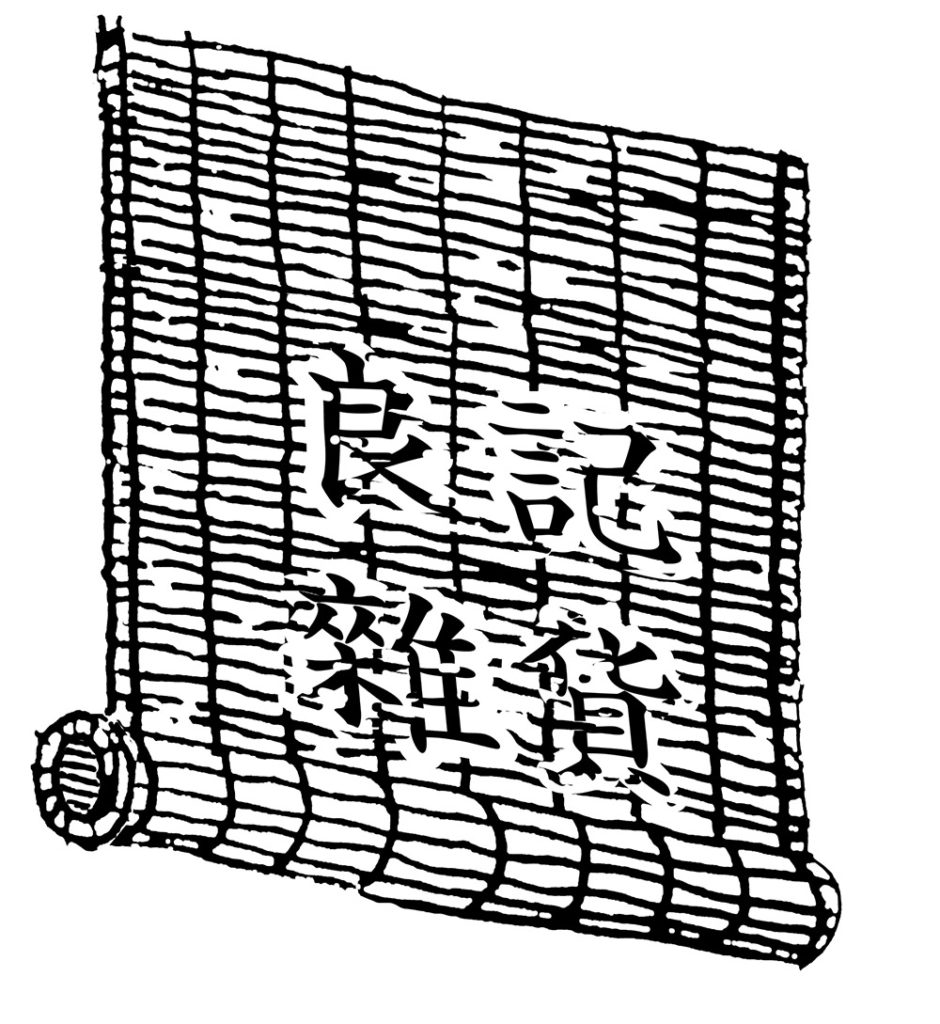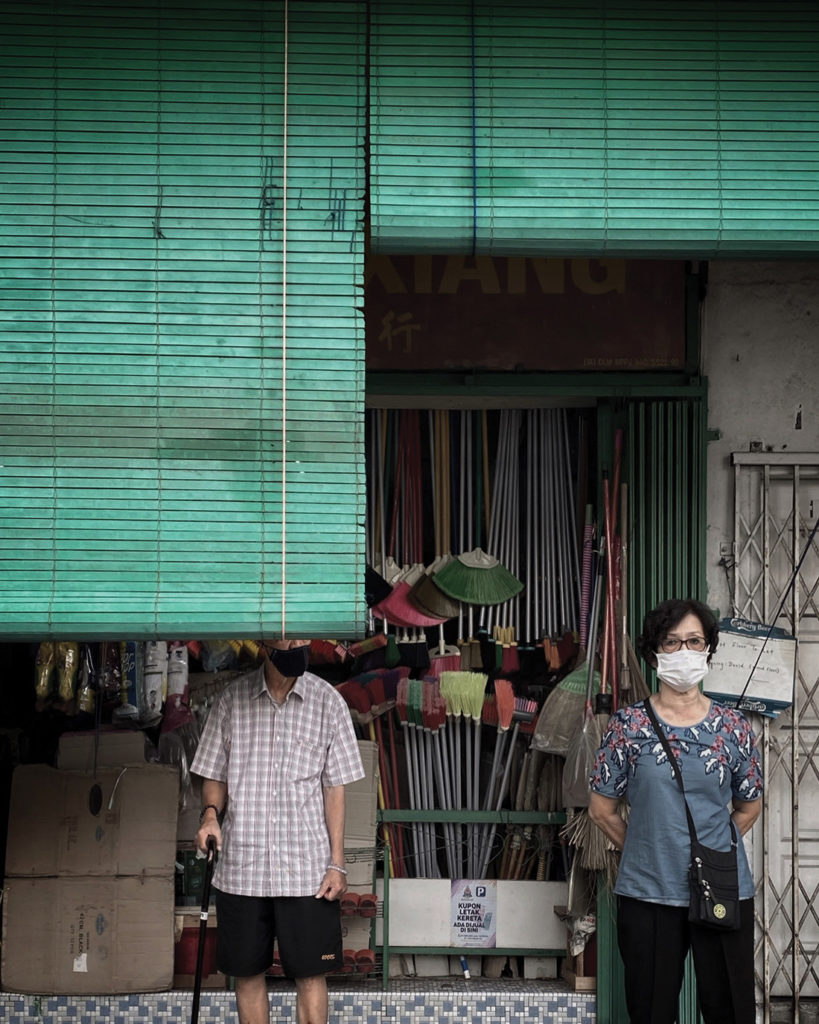Photo Essay: Malaysia
June 19, 2023
Old shop lots, Selangor

An increasingly rare sight nowadays, bamboo blinds (or ‘chick blinds’) were a common feature of shophouses, especially those from the pre-war era in Southeast Asian countries such as Malaysia and Singapore. These blinds were made of long strips of bamboo tied together with strings, and could be rolled up or down via a simple rope-pulley system.
As a shading device, they are extremely effective not only in cooling the shops themselves, but also the area along the five-foot way. Beyond this practical function, however, what makes these old-school blinds stand out is their story—a symbol of simpler times, they double up as advertising ‘medium’ for each unique shop, conveying a story with splashes of colours or illustrative messages—reminiscent of the time when movie posters were still hand-painted.

Happy Mansion, Petaling Jaya |
Jalan Choo Cheng Khay; Sam Mansion,
Kampung Attap, Kuala Lumpur

Built as far back as the 1960s and 70s, these apartment complexes offered affordable housing options for the community—and they still are till this day, providing shelter and, in staying relevant to the times, an active café scene that appeals to the younger generation. This has indirectly pointed them to the nostalgic architecture of these old housing blocks—the distinctive latticed breeze block walls, homogenous corridor railings and rows of visual pigeonholes.

Penang | Malacca | Kuala Lumpur

The love story with shophouses continues. Ubiquitous in most parts of Southeast Asia, the archetypical shophouse is a piece of architectural history in which one can experience a bygone era today, if the structure and details have been well-preserved. Whether wood shutters, jalousies or bat-shaped vents; metal grilles or timber double doors; with peeling paint or a fresh vibrant coat; naturally ventilated or added with air-conditioning, the beauty of a shophouse lies in its original practicality of easy building for hybrid uses of housing and livelihood within a limited space in a tropical climate. As such, its extended adaptability to be remodelled to fit present-day needs makes a worthy claim for its sensitive conservation on both heritage and sustainability grounds.

[This is an excerpt. Subscribe to the digital edition or hardcopy to read the complete article.]
Read more stories from FuturArc 2Q 2023: Old is Gold!

To read the complete article, get your hardcopy at our online shop/newsstands/major bookstores; subscribe to FuturArc or download the FuturArc App to read the issues.
Previously Published Showcase
Contact us at https://www.futurarc.com/contact-us for older commentaries.

